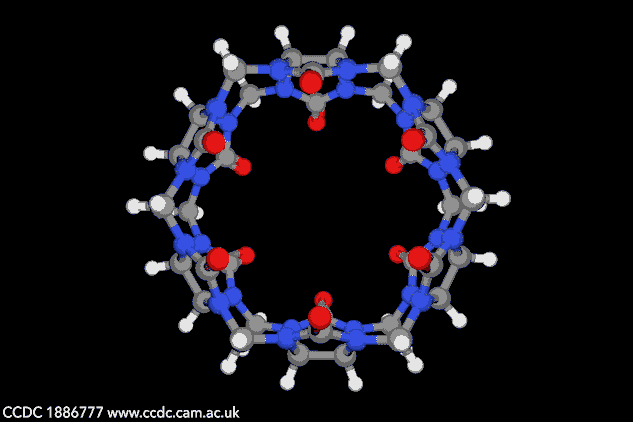All articles by James Urquhart – Page 3
-
![Chemical structure of Pillar[6]MaxQ](https://d2cbg94ubxgsnp.cloudfront.net/Pictures/100x67/6/2/1/523621_chempr1747_proof1_891632.jpg) Research
ResearchMolecular trap that snares many different drugs could save lives during overdoses
Macrocyclic compound can mop up drugs of abuse in animal tests – including those for which no reversal agent exists
-
 Research
ResearchMars’ water came from outer space
Asteroids from the outer solar system would have delivered enough water to cover the red planet in a 300m-deep ocean
-
 Research
ResearchArtificially expanded genetic alphabet evolves enzymes for the first time
Libraries of short DNA sequences incorporating synthetic nucleotides perform better as enzymes than ordinary DNA
-
 Research
ResearchNMR spectroscopy used to guide evolution of better enzymes
Identifying mutagenic ‘hotspots’ could speed development of new proteins
-
 Research
ResearchYeast engineered to ferment sugars into chemotherapy drug precursors
Semisynthesis offers new route to anticancer drug vinblastine
-
 Research
ResearchCarbon-negative concrete blocks could be made using magnesium from seawater
Electrolyser route avoids need for calcination step
-
 Research
ResearchElectrochemical ‘game-changer’ could make aniline production greener
Sustainable production of important feedstock for dyes, drugs and herbicides is scalable
-
 Research
ResearchMystery of how plants make strychnine solved 75 years after characterisation
Three-quarters of a century after Robinson and Woodward cracked structure chemists unravel poison’s biosynthesis
-
 Research
ResearchEncapsulated bacteria show promise as injectable living drugs factories to treat diseases
Engineered E. coli produce insulin and vaccines in vivo
-
 Research
ResearchBreaking bacteria’s genetic silence to synthesise antibiotics that evade resistance
Prospecting in bacterial genomes offers hope in search for new antimicrobial drugs
-
 Research
ResearchDiscovery of polymorph using ball milling holds promise for drug discovery
Interchangeable switching between three polymorphs demonstrated for the first time
-
 Research
ResearchMachine learning finds fluoride battery materials that could rival lithium
AI could help make new battery type that could store more energy than lithium-ion batteries viable
-
 Research
ResearchFreeze–thaw cycles could explain how ancient RNA replicated without enzymes
Discovery solves puzzle of RNA world hypothesis
-
 News
NewsEnvironmental concerns ground mercury-based satellite thrusters
UN takes steps to outlaw mercury propellant that could have seen tonnes of the heavy metal rain down on Earth every year
-
 Research
ResearchReprogrammed bacterium turns carbon dioxide into chemicals on industrial scale
Process achieved at industrial scale in 120 litre reactor
-
 Research
ResearchFreefall flights test feasibility of making oxygen on the moon and Mars
Efficiency of water electrolysis is reduced at lower gravity
-
 Research
ResearchRising ozone pollution threatens east Asia’s cereal crops
Losses of wheat, rice and maize add up to $63 billion every year
-
 Research
ResearchSimple campfire chemistry hints how ancient humans produced pigments
Process to make red ochre didn’t require close control of temperature
-
 Research
ResearchIodine ion drive propels satellite in space for the first time
Halogen could provide a cheaper, more efficient alternative to xenon
-
 Research
ResearchPolymerisation used to synthesise 2D material inside living cells
Sheets are larger than those cells can take up and the technique could find uses in imaging